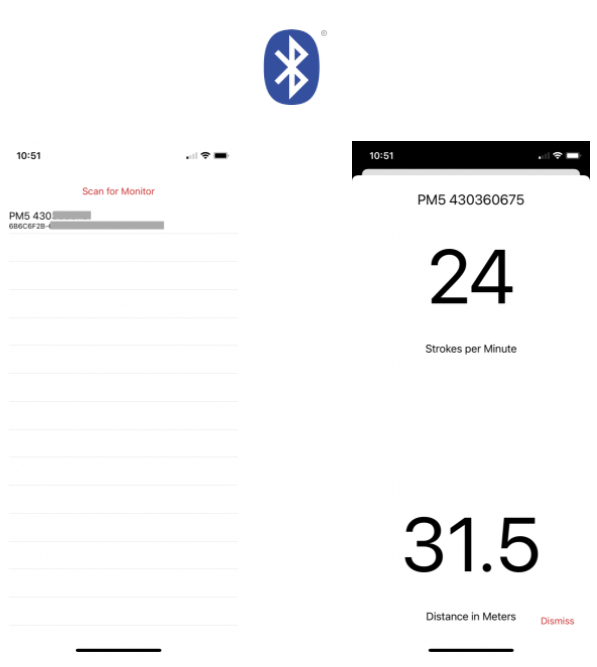A fun trip to Virginia to do some riding! Travel post.
| Day 1 | Massanutten Trails, super rocky |
| Day 2 | Shuttle Reddish Knob |
| Day 3 | Massanutten Bike Park |
| Day 4 | Shuttle Reddish Knob |




Personal collective of ideas, thoughts and notes
A fun trip to Virginia to do some riding! Travel post.
| Day 1 | Massanutten Trails, super rocky |
| Day 2 | Shuttle Reddish Knob |
| Day 3 | Massanutten Bike Park |
| Day 4 | Shuttle Reddish Knob |













This was a fun build on a Aero bike frame that a buddy gave me. Since I now had a bike, it got me into doing my first 70.3 Ironman event in 2021 (Augusta). It took a lot of searching and scouring the web, eBay and local sellers on Craigslist, but aside from a couple mistakes here and there, it turned out great. The bike is really light compared to my more modern Canyon Speedmax.
Below is a list of part numbers, references, purchases and photos I was using during the build.
To figure out what crank lengths I should by my inseam is 85cm (33.5”) & a second remeasure was roughly 33 – 33 & 1/3. Using this a general crank length formula is: 1.25 * inseam (in cm) + 65 = 171.25. Majority of cranks coming in 170cm and 172.5. So I decided on the slightly longer 172.5cm cranks.
Source: https://www.susanjfowler.com/blog/2016/8/13/so-you-want-to-learn-physics
Over the past few years, ever since writing a blog post called “If Susan Can Learn Physics, So Can You”, I’ve been contacted by people from all backgrounds who are inspired and want to learn physics, but don’t know where to start, what to learn, what to read, and how to structure their studies. I’ve spoken with single mothers who want to go back to school and study physics, tenured philosophy professors who want to learn physics so that they can make significant and informed contributions to philosophy of physics, high school students who want to know what they should read to prepare for an undergraduate education in physics, and people in dozens of various careers who want to really, really learn and understand physics simply for the joy of it.

I recently purchased a Concept2 rower and started doing some indoor rowing to change up my workout routines. I was considering developing a live rowing platform to compete with friends and make the workouts more interactive. It turned out there were already a few options on the market, so I shelved the idea.
But, since the Concept2 allows 3rd party connectivity, I still was curious how integration, discovery, and notifications would work from an iOS device. I was able to find a nice SDK, but it was considerably outdated (5 years) so I decided to use that as a foundation and port the application to Swift 5 and get it working for anyone else interested in developing a rowing app for iOS.

Price Schedule
| Orbit Sku | Part Name | Price | Quantity | Item Total |
| Accessories | ||||
| 26030 | Sprinkler Pull Up Tool | $8.13 | 1 | $8.13 |
| 31273 | 1/2 In. x 520 In.Thread Seal Tape | $2.29 | 3 | $6.87 |
| 26085 | 1/2 In. – 1 In. PVC Cutting Tool | $5.27 | 1 | $5.27 |
| 26120 | 1-1/4 In. Poly Pipe Ergo Cutter | $13.94 | 1 | $13.94 |
| 53376 | Orbit Sprinkler Flag; 10 per bundle | $2.49 | 5 | $12.45 |
| 53333N | Walkway Tunnel Kit | $5.60 | 1 | $5.60 |
| 31980 | Blu-Lock Release Tool Set | $4.01 | 1 | $4.01 |
| Fittings | ||||
| 31377 | 3/4 In. x 1/2 In. Blu-Lock Coupling | $1.92 | 23 | $44.16 |
| 31670 | 1″ Blu-Lock 3X Tee | $3.09 | 6 | $18.54 |
| 31373 | 3/4″ x 3/4″ x 1/2″ Blu-Lock 3X Tee | $2.33 | 16 | $37.28 |
| 31684 | 3/4″ X 3/4″ X 1″ Blu-Lock 3X Tee | $2.65 | 13 | $34.45 |
| 31673 | 1″ Blu-Lock 3X Elbow | $2.35 | 28 | $65.80 |
| 31374H | 3/4 In. Blu-Lock Elbow | $2.33 | 6 | $13.98 |
| 31985 | 1/2″ BL x MPT Swing Joint 3X | $1.55 | 39 | $60.45 |
| 31975 | 1/2″ Blu-Lock Street Elbow 3X | $1.22 | 22 | $26.84 |
| 31676 | 1″ Blu-Lock 3X Coupling | $2.30 | 2 | $4.60 |
| 31376 | 3/4″ Blu-Lock 3X Coupling | $1.48 | 2 | $2.96 |
| Gear Drive Nozzles | ||||
| —– | 15-24′ 1.5 GPM Rotor Nozzle | $0.00 | 7 | $0.00 |
| —– | 15-24′ 3.0 GPM Rotor Nozzle | $0.00 | 2 | $0.00 |
| —– | 15-24′ 0.8 GPM Rotor Nozzle | $0.00 | 4 | $0.00 |
| —– | 25-35′ 1.0 GPM Rotor Nozzle | $0.00 | 3 | $0.00 |
| Mainline Pipe and Fittings | ||||
| —– | 1 In. Slip PVC Coupling | $0.38 | 1 | $0.38 |
| — | 1 In. Slip PVC Elbow | $0.48 | 1 | $0.48 |
| Pipe | ||||
| 37682 | 1 In. x 100 Ft. Blu-Lock Sprinkler Pipe | $48.99 | 6 | $293.94 |
| 37382 | 3/4 In. x 100 Ft. Blu-Lock Sprinkler Pipe | $37.99 | 5 | $189.95 |
| —– | 1″ x 10′ Schedule 40 PVC Pipe | $2.47 | 1 | $2.47 |
| 37980 | 1/2 In. x 100 Ft. Blu-Lock Sprinkler Pipe | $32.99 | 1 | $32.99 |
| Pop-up Gear Drive Heads | ||||
| 55179 | Saturn IV Professional Gear Drive | $10.04 | 16 | $160.64 |
| Pop-Up Spray Heads | ||||
| 54616 | 4″ Pressure Regulating Pop-up Spray Head w/o Nozzle (5 Pack) | $18.49 | 5 | $92.45 |
| Pop-up Spray Nozzles | ||||
| 53582 | 10 Ft. Adjustable Nozzle | $2.16 | 17 | $36.72 |
| 53583 | 12 Ft. Adjustable Nozzle | $1.79 | 2 | $3.58 |
| 53580L | 4 Ft. Adjustable Nozzle | $2.16 | 4 | $8.64 |
| Sprinkler Timers | ||||
Paul Aschmann
5200 Rialto
| Orbit Sku | Part Name | Price | Quantity | Item Total |
| 57946 | 6 Station B-hyve Smart Wifi Timer | $109.99 | 1 | $109.99 |
| Sprinkler Wire | ||||
| 57002 | Grease Cap Kit for Valves (Package Of 4) | $6.89 | 2 | $13.78 |
| 57093 | 5-Strand x 100 ft. Sprinkler Wire | $34.42 | 1 | $34.42 |
| 57002 | Grease Cap Kit for Splicing (Package Of 4) | $6.89 | 0 | $0.00 |
| Valve Boxes | ||||
| 53230 | Valve Box Base | $23.66 | 2 | $47.32 |
| 53212 | 12 In. Standard Valve Box (Black/Green) | $29.99 | 2 | $59.98 |
| Valve Manifolds | ||||
| 57207M | 1″ Blu-Lock Manifold Transition Adapter | $2.49 | 6 | $14.94 |
| 57202 | 3/4 In. or 1 In. Slip Swivel Adapter | $3.19 | 2 | $6.38 |
| 57250 | 2 Valve Inline Manifold Assembly | $55.29 | 3 | $165.87 |
| 31378 | 1″ MPT x 1″ Blu-Lock Adapter | $2.67 | 2 | $5.34 |
| 57184 | Double Swivel Union | $4.35 | 1 | $4.35 |
Summary
$1,649.94
3/4” Inflow
1 Gallon in 10.5 seconds
70 PSI (60, 70, 80, 100)
Architects look at thousands of buildings during their training, and study critiques of those buildings written by masters. In contrast, most software developers only ever get to know a handful of large programs well—usually programs they wrote themselves—and never study the great programs of history. As a result, they repeat one another’s mistakes rather than building on one another’s successes.
Our goal is to change that. In these two books, the authors of four dozen open source applications explain how their software is structured, and why. What are each program’s major components? How do they interact? And what did their builders learn during their development? In answering these questions, the contributors to these books provide unique insights into how they think.

















You must be logged in to post a comment.